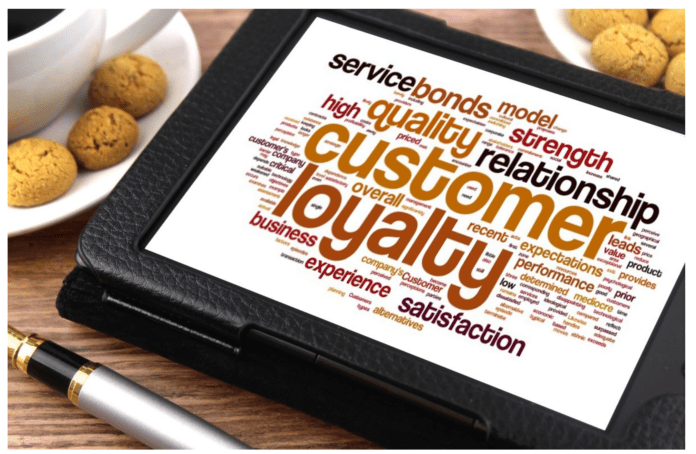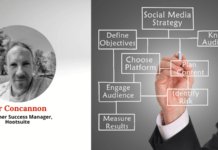We know that it costs a lot less to sell to repeat customers than acquire new customers—that’s why brands invest in loyalty and rewards programs. (“Digital Marketing Activities? – The Complete Guide – TODAY FOUNDER”)[1]
More than 90% of companies have some customer loyalty program.
Loyalty programs have proven themselves as one of the most effective tactics for increasing revenue and inspiring customer loyalty. As many as 84% of consumers say they’re more apt to stick with a brand that offers a loyalty program. (“7 Innovative Customer Loyalty Programs to Keep Them Coming Back”) And 66% of consumers say the ability to earn rewards changes their spending behaviour.[2]
The View- Lia Grimberg
 Lia Grimberg, Divisional VP, Customer Marketing, Loyalty & Analytics Loblaws Companies Limited, joined us on July 6th to share her insights, discuss and answer questions and help us understand Data’s importance, advantages, and benefits of creating customer loyalty programs.
Lia Grimberg, Divisional VP, Customer Marketing, Loyalty & Analytics Loblaws Companies Limited, joined us on July 6th to share her insights, discuss and answer questions and help us understand Data’s importance, advantages, and benefits of creating customer loyalty programs.
“As a Digital marketing student, designing loyalty is a critical practice and fascinating subject for me. Therefore, it was an exceptional opportunity to hear from Lia”.
Lia is a data-driven marketing expert that translates customer needs into 1:1 personalized marketing communication that drives an improved ROI. She has almost 20 years of practical and theoretical experience in client relationships and consulting in the retail and financial services industries.
Pivotal Moments
Here are some of my Key moments from Lia’s presentation, classified into four phases.

Lia’s Inspirational Career Journey highlights

Lia holds a BBA and an MBA from the Schulich School of Business at York University.
She inspired me because she always wanted a dynamic environment and wanted to bring out the best version of herself. I am the same- always open to getting pushed out of my comfort zone.
Customer Loyalty and Data Insights
According to McKinsey, many companies using data-driven practices report above-market growth of +15%—especially in the B2B market, but the same methods apply to B2C enterprises. Data, analytics, and AI are foundational to digital businesses, where Data insights drive positive business outcomes.
According to Forbes, developing insights from data plays a significant role in how successful a loyalty program engages its most profitable customers. Using this information is imperative in understanding the consumer and maximizing the relationship between the brand and the loyalty program member. Using data to segment and target personalized communications and offers to a group can optimize revenue generation and long-term customer value.
Data collected is used for descriptive and predictive analysis.
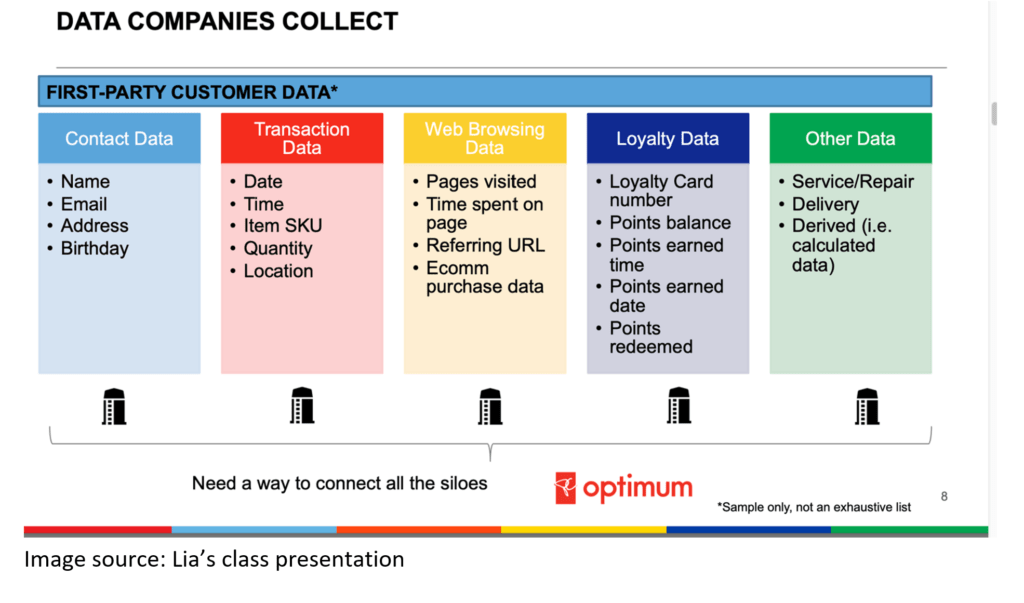

Building Data trust through governance, privacy protection and enforcement
Using data to unlock the total value of data responsibly while focusing on its safe and ethical use must be a priority. The answer to this challenge is a good foundation in data trust: making sure you’re using data responsibly, securely, accurately, and ethically so you can rely on it for business decisions, according to PWC.
What Consumers say about sharing their data
- 77% of Canadians have some concern about their online privacy
- 40% of consumers state they feel comfortable with data exchanges.
- 36% of consumers say that if data is not abused, privacy is less of an issue than it used to be.
Building trust vs losing trust
Lia explained that transparency around the use of data is a critical driver in building consumer trust.
Companies like “The Bay” protect consumer data by embedding privacy principles within the organizational framework. The data privacy is adhered to by obeying the measures below to protect the data:
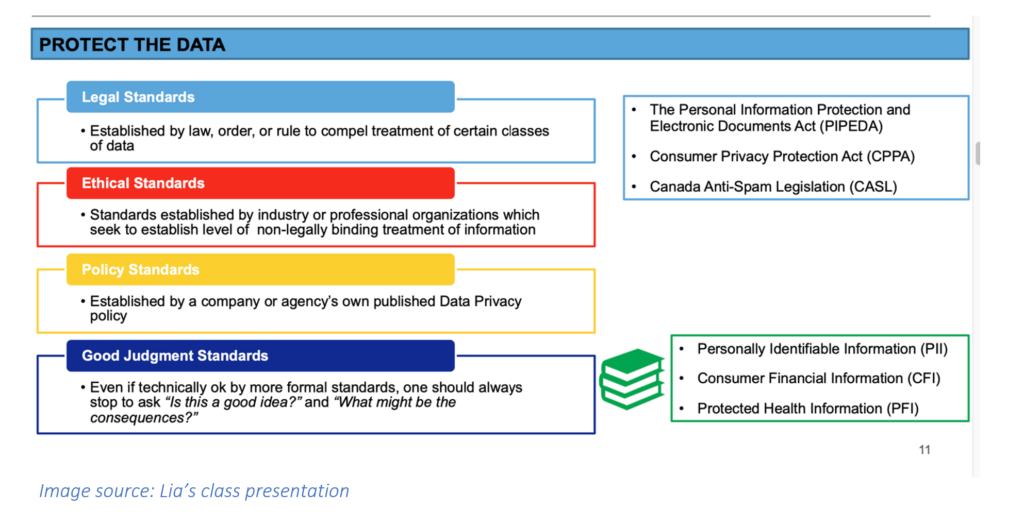
The Bay focuses more on being proactive than being reactive toward Data privacy.
Data Analytics- Build trust and Customer Loyalty
According to a Salesforce report, 79% of customers are willing to share relevant information about themselves in exchange for contextualized interactions that they immediately know and understand.
Companies must use the collected data to personalize and customize various consumer touchpoints.
Loyalty Programs – Investing in Future wins.
A well-designed and well-executed loyalty program can help brands acquire, retain, and foster positive relationships with existing customers. It can lead to sales and profit growth.
A strong Loyalty program can influence the entire customer journey through all the funnels.
Lia provided us with a visual representation of the Loyalty program and its impact on the various stages of the customer journey.
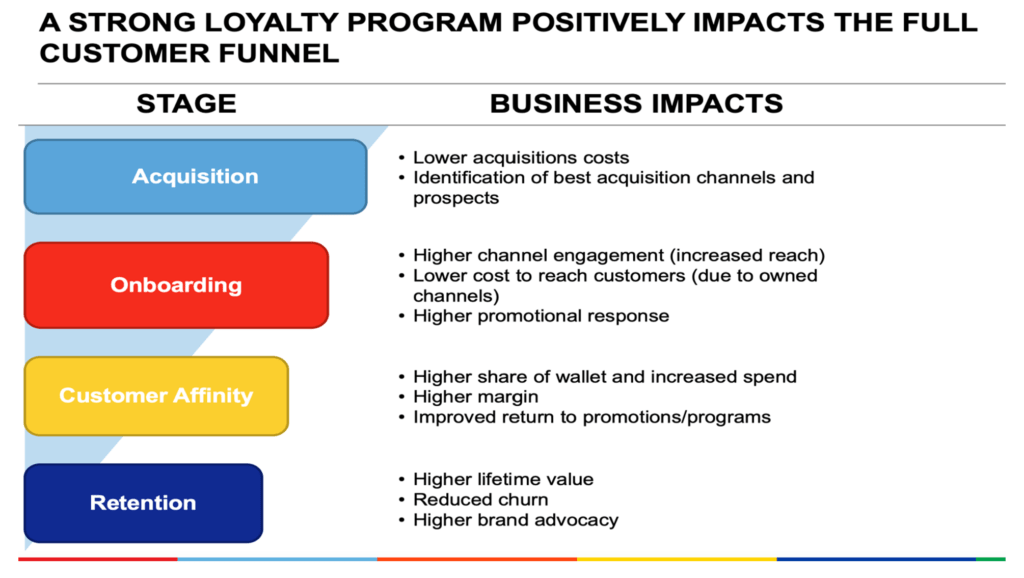
We have been learning about loyalty programs in multiple courses, but this visual representation explained it quickly.
Loyalty program alignment
Lia then touched upon the most critical aspects of the Loyalty programs, the four “R.”
Each stage has a business impact and must be strategically aligned. Personally, this was the highlight of the entire presentation. The fundamentals of the Loyalty program discussion got unfolded in these four stages. “Relevance” is the most critical.

Relevance – a solid foundation for a successful customer engagement strategy
According to a recent article from Harvard Business Review, Today’s mobile-enabled consumers are constantly evaluating and re-evaluating their purchasing decisions. They will choose the most relevant brands at an increasingly rapid pace. And they’ll pay a premium. Living businesses that achieve this profound relevance will have pricing power and drive repeat purchases. Those are the ultimate goals of loyalty, now newly attainable when relevance matters more than ever.
Why Relevance – a key question
It is very critical that the Loyalty program is relevant. It should be aligned perfectly with what the brand seeks to achieve and what the consumer expects.
The products and services offered should be relevant- in other words, they must be personalized and customized based on data and consumer needs.
A poorly designed loyalty program can backfire and result in an investment loss.
Case Study Segment- Practice what you learn.
The case study is the best part of all the seminar talks. This is where we implement the speaker’s learnings and showcase our creativity and thoughts.
We were divided into groups and given the following scenario:
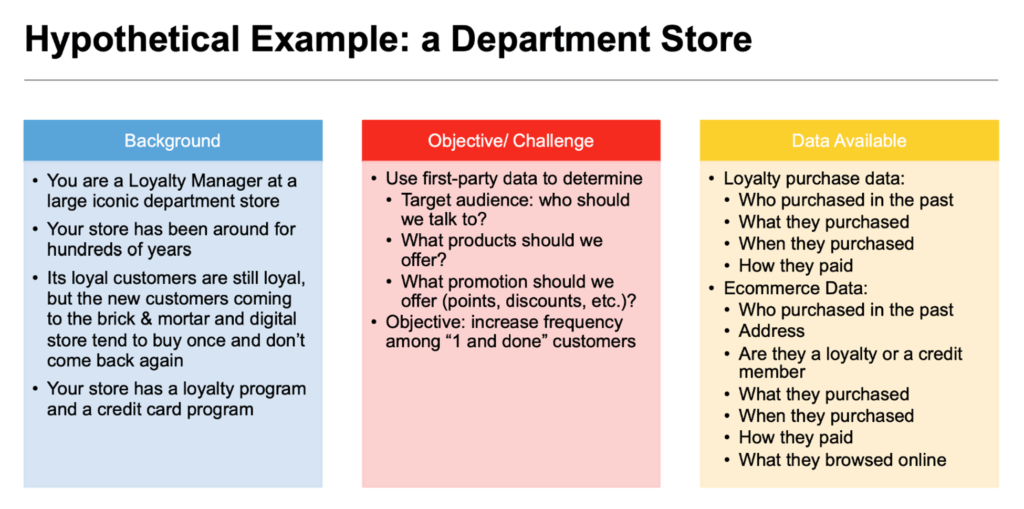
Our job was to showcase our thoughts around finding RELEVANT products and offers using the data available.
It was exciting and the most significant aha moment for our group while presenting our thoughts. Our thoughts revolve around the following facts.
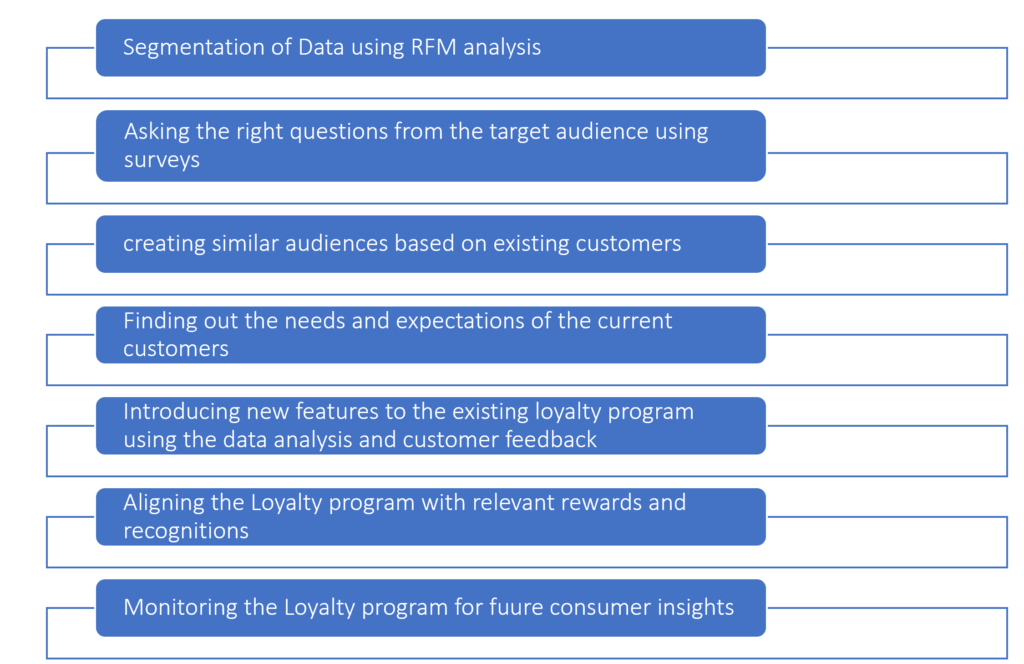
The overall feedback from Lia was positive. She liked our thought process and ideas. It was a moment of recognition as it felt like being in an actual situation presenting our findings. She provided feedback to each of the groups. The input and her reveal taught us more about how to build a loyalty program and be successful by incorporating “Relevance” as a critical component.
It provides a great sense of achievement and learning.
Final Thoughts- Loyalty as a career option
Creating loyalty programs is an area that I would like to venture into with my background and skills. The critical component of designing a great Loyalty program is building mutually beneficial long-term relationships with the customer. The most exciting part is using data for analytics to do the predictive and descriptive analysis. It is an enriching career opportunity for me. I want to progress in this marketing area as a lead and then into multiple roles.
Overall, Lia had an influential impact on me, and I admire her journey and would like to be in a similar standing one day. I see the end as a beginning for me.
Conclusion- Saved the best for the last.
The best part of Lia’s presentation was this slide which defined the entire loyalty program stages and journey leveraging data.
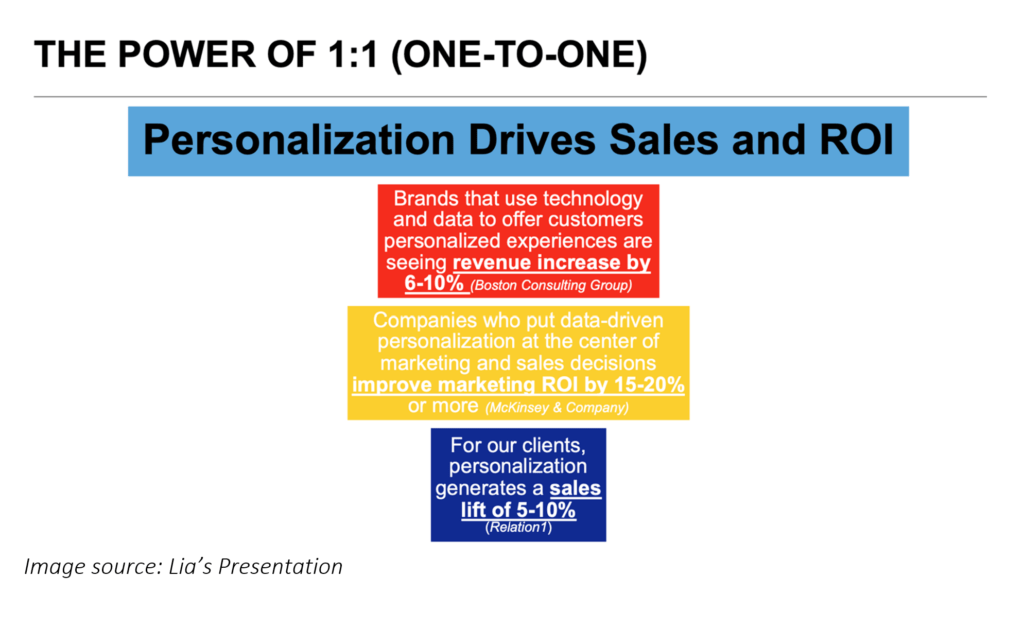
As always, I would like to end the presentation with my favourite quote.

Digital transformation post covid has increased the importance of data relevance and consumers’ expectations of more personalized and customized experiences.
An article in Forbes states, “Using data is imperative in understanding the consumer and maximizing the relationship between the brand and the loyalty program member. Using data to segment and target personalized communications and offers to a group can optimize revenue generation and long-term customer value. Developing insights from data plays a significant role in how successful a loyalty program engages its most profitable customers”.
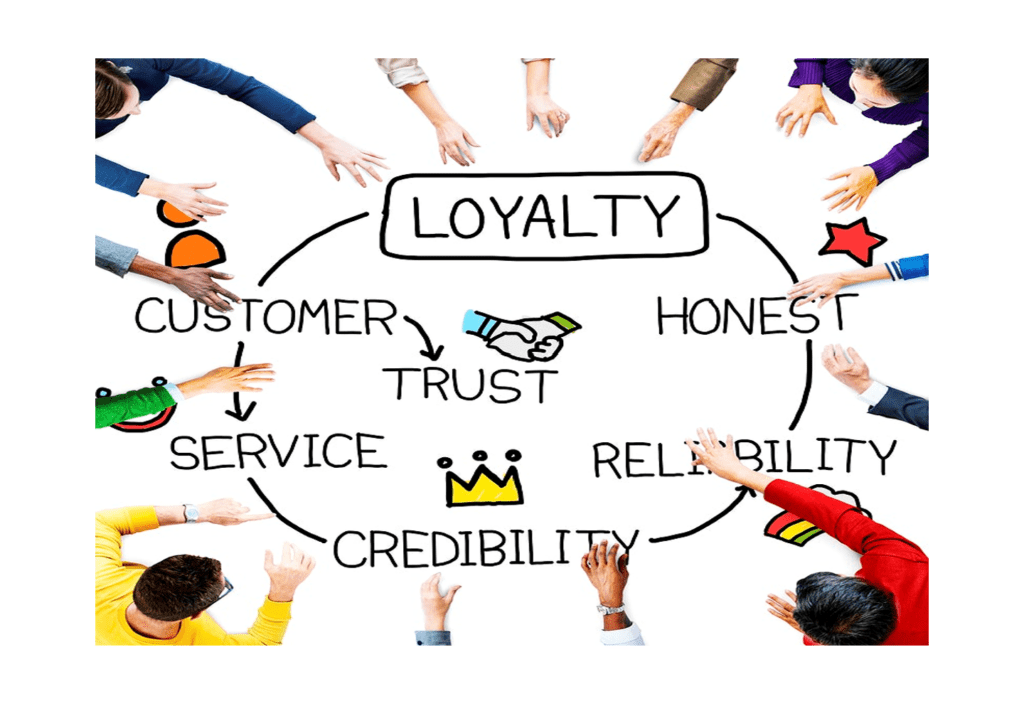
Get closer than ever to your customers. So close that you tell them what they need well before they realize it themselves– Steve Jobs (“Get Closer Than Ever To Your Customers” – Boretti Inc”)
Acknowledgement
Ultimately, I want to thank my professor, Wendy Greenwood and George Brown College, for conducting the Digital Marketing seminar series covering such diverse and exciting topics.
References
[1] About the author Lindsey Peacock: Lindsey Peacock is a writer. (2022, June 22). 7 innovative customer loyalty programs to keep them coming back. Shopify. Retrieved July 16, 2022, from https://www.shopify.ca/blog/loyalty-program
[2] 10 Examples of Innovative Customer Loyalty Programs. (n.d.). Shopify. https://www.shopify.ca/blog/loyaltyprogram

